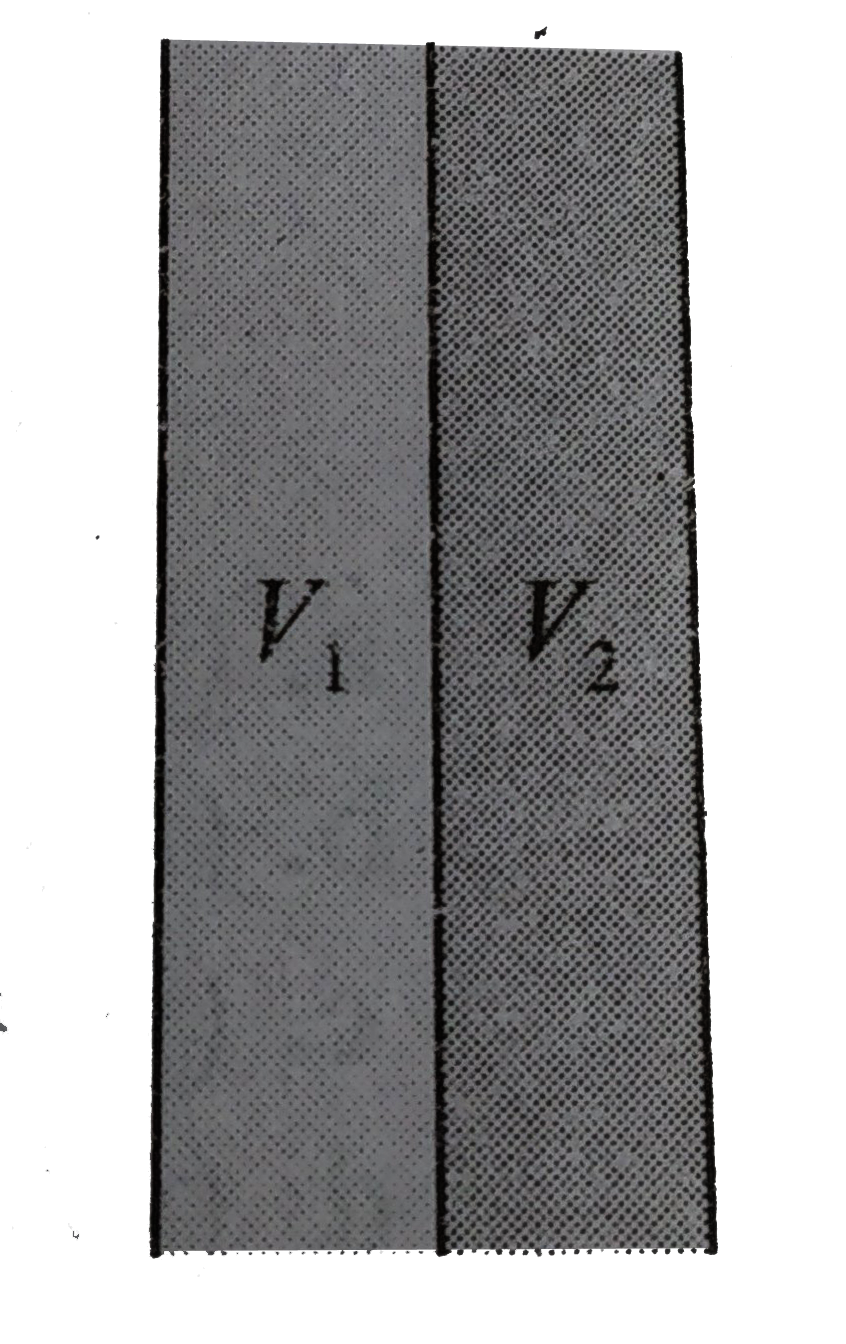Assertion: In parallel combination of electrical appliances, total power consum ption is equal to the sum of the powers of the indivisual appliances.
Reason : Electrons move away from a region of lower potential to a region of higher potential.
a) If both Assertion & Reason are True & the Reason is a correct explanantion of the Assertion
b) If both Assertion & Reason True but Reason is not a correct explanation of the Assertion
c) If Assertion is True but the Reason is False
d) If both Assertion & Reason are False.
To solve the question, we need to evaluate the assertion and the reason provided, and determine their validity.
Step 1: Analyze the Assertion
The assertion states: "In a parallel combination of electrical appliances, total power consumption is equal to the sum of the powers of the individual appliances."
- In a parallel circuit, each appliance operates independently at the same voltage. The total power consumed by the circuit can be calculated by summing the power consumed by each appliance.
- The formula for total power (Pt) in a parallel circuit is given by:
Pt=P1+P2+P3+...+Pn
- Therefore, the assertion is true.
Step 2: Analyze the Reason
The reason states: "Electrons move away from a region of lower potential to a region of higher potential."
- This statement is incorrect. In an electric field, electrons actually move from a region of higher potential (positive terminal) to a region of lower potential (negative terminal).
- Therefore, the reason is false.
Step 3: Conclusion
Based on the analysis:
- The assertion is true.
- The reason is false.
Thus, the correct answer is that the assertion is true, but the reason is false.
Final Answer
Assertion is true, but the reason is false.
---
The assertion states: "In a parallel combination of electrical appliances, total power consumption is equal to the sum of the powers of the individual appliances."
- The formula for total power (Pt) in a parallel circuit is given by:
Pt=P1+P2+P3+...+Pn
- Therefore, the assertion is true.
The reason states: "Electrons move away from a region of lower potential to a region of higher potential."
- Therefore, the reason is false.
Based on the analysis:
- The assertion is true.
- The reason is false.
Assertion is true, but the reason is false.
Similar Questions
Water will move from a region of higher water potential to a region of
View SolutionAn electron traveling in a uniform electric field passes from a region of potential V1 to a region of higher potential V2. Then

View SolutionDo free electrons travel to region of higher potential or lower potential?
View SolutionAssertion :- In cellular respiration, ETS electron movement is a downhill journey.
Reason :- Electrons move from high redox potential to low redox potential to low redox potential.
View SolutionAn electron enters in high potential region V2 from lower potential region V1 then its velocity
View SolutionAn electron enters in high potential region V2 from lower potential region V1 then its velocity
View SolutionAssertion: In series combination of electric bulbs th ebulb of lower power emits more light than that of higher power bulb.
Reason: The lower power bulb in series gets more current than the higher power bulb.
View SolutionAssertion: Respiratory gas exchange occurs through osmosis.
Reason: Respiratory gas goes from lower partial pressure region to the region of higher partial pressure.
View SolutionAssertion: In the electric field E=(4ˆi+4ˆj)N/C electric potential at A (4m, 0) is more than the electric portential at B(0,4m)
Reason: Electric lines of forces always travel from higher potential to lower potential.
View SolutionAssertion: A small electric dipole is moved translatonally from higher potential to lower potential in uniform electric field. Work done by electric is positive.
Reason: When a positive charge is moved from higher potential to lower potential, work done by electric field positive.
View Solution
